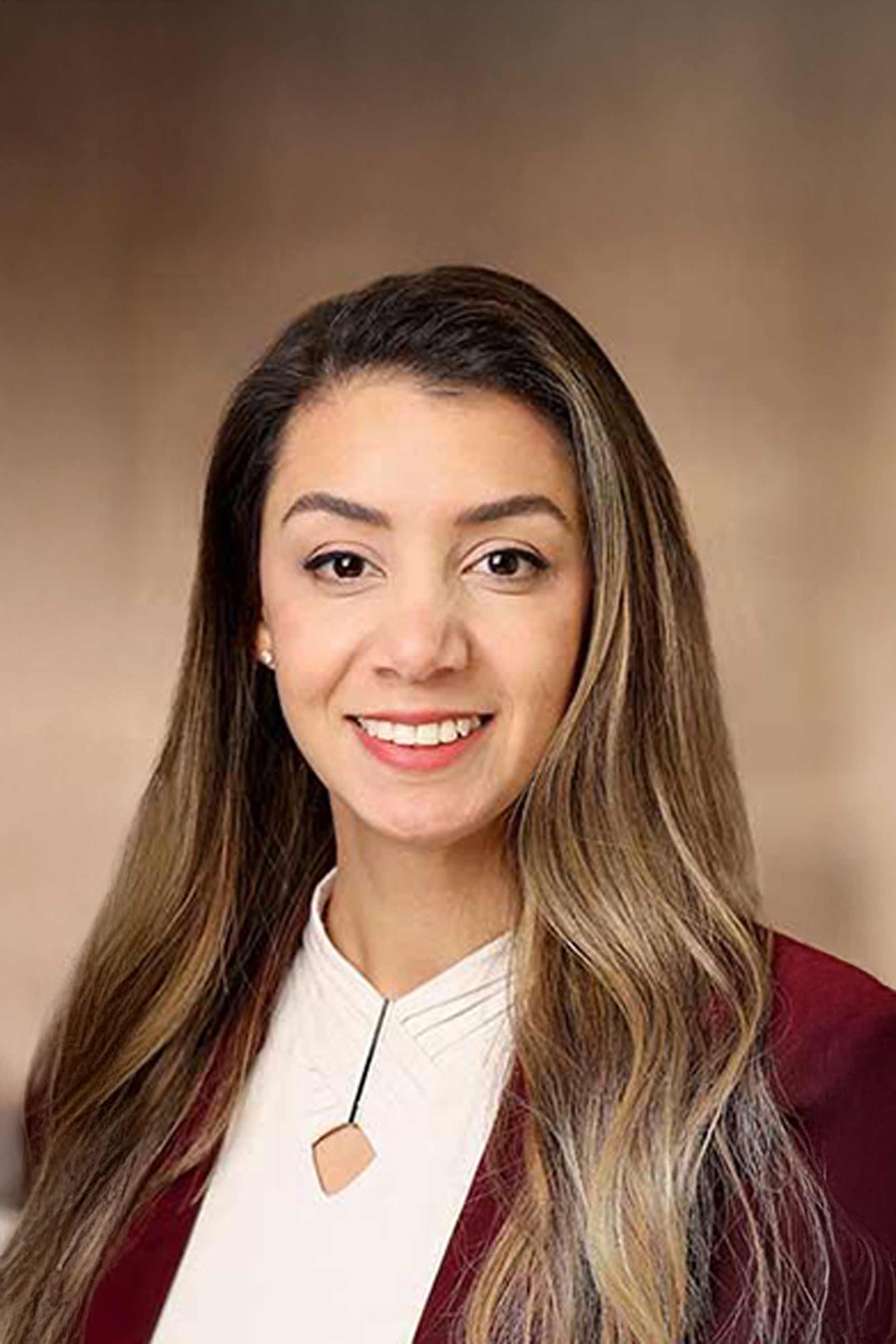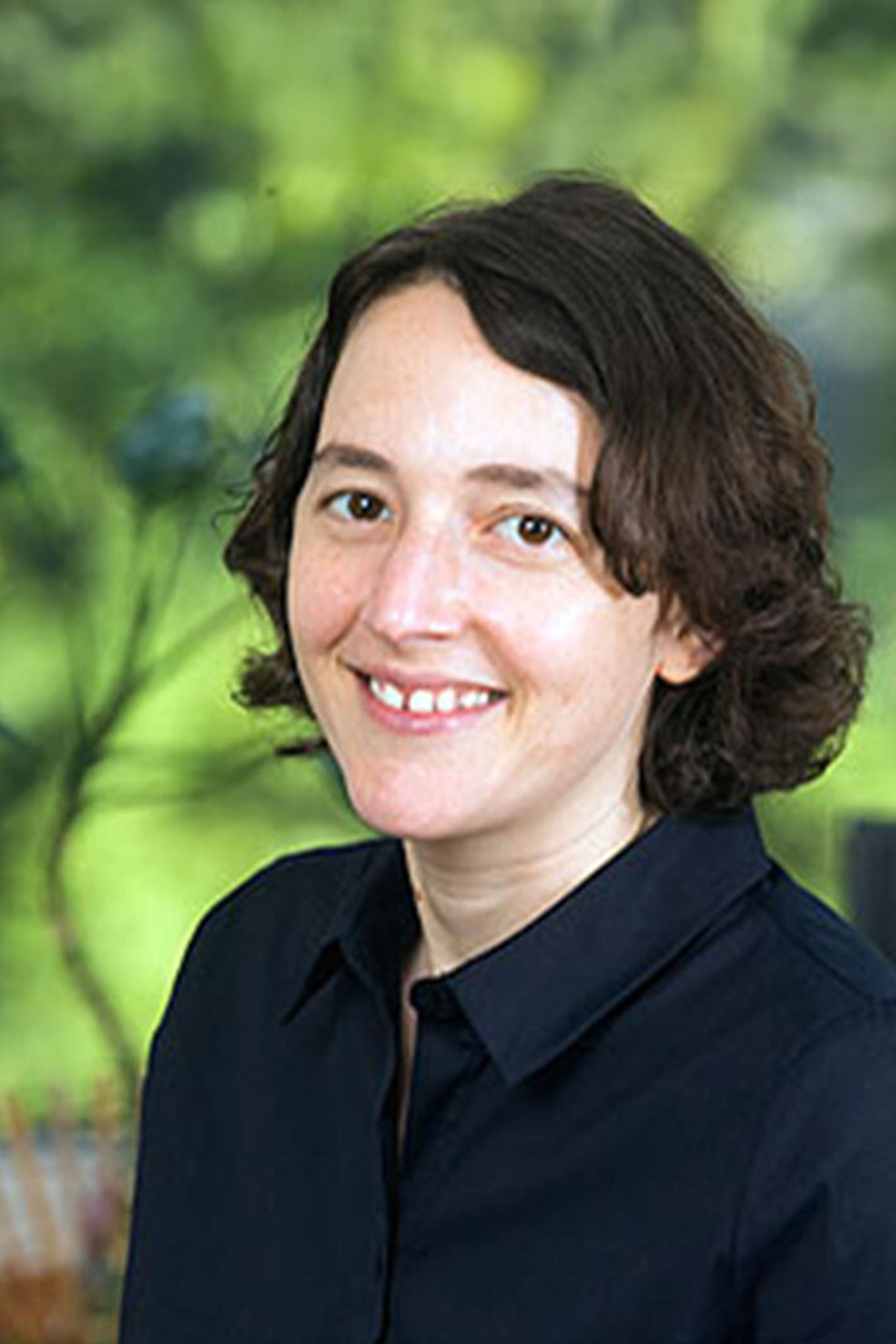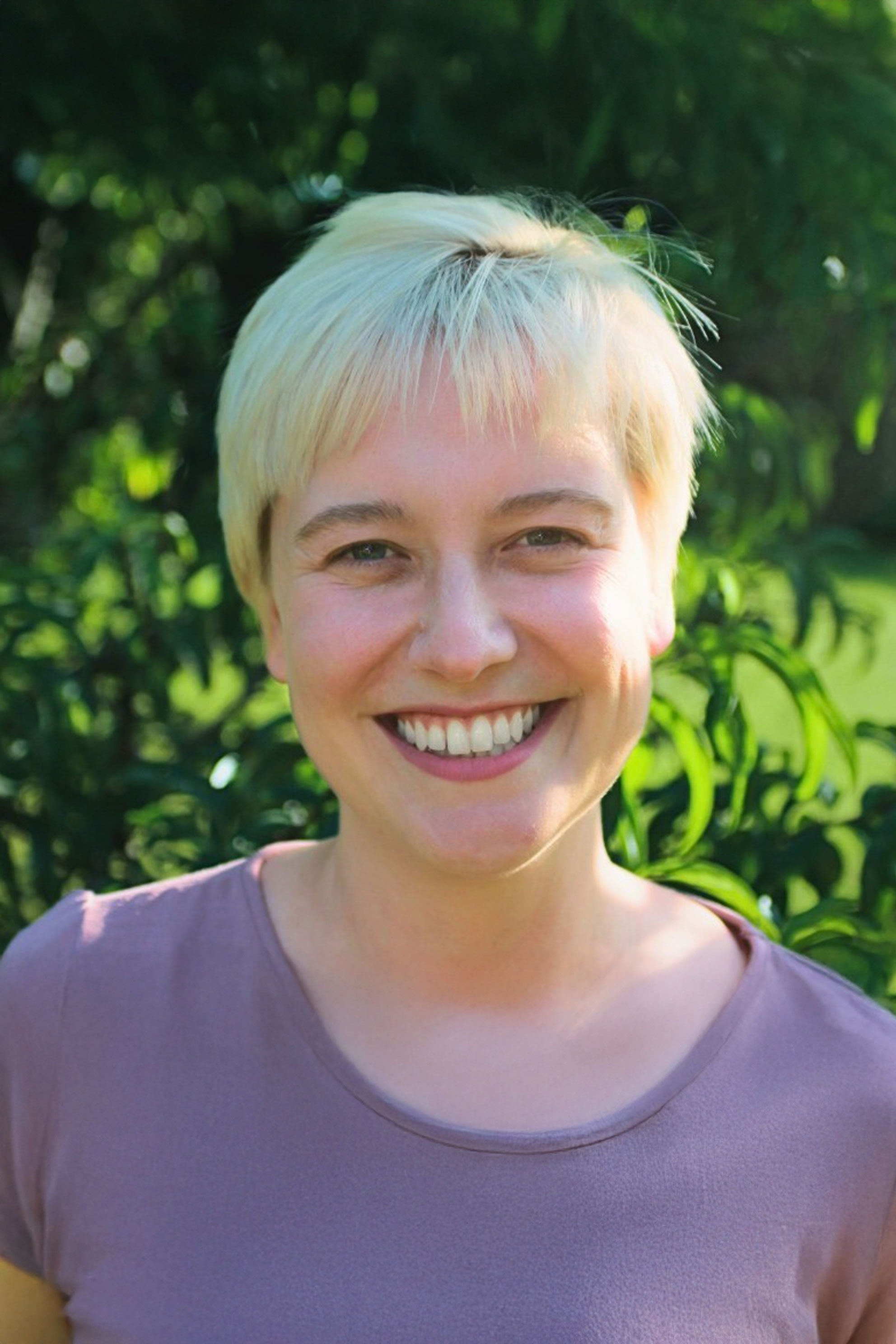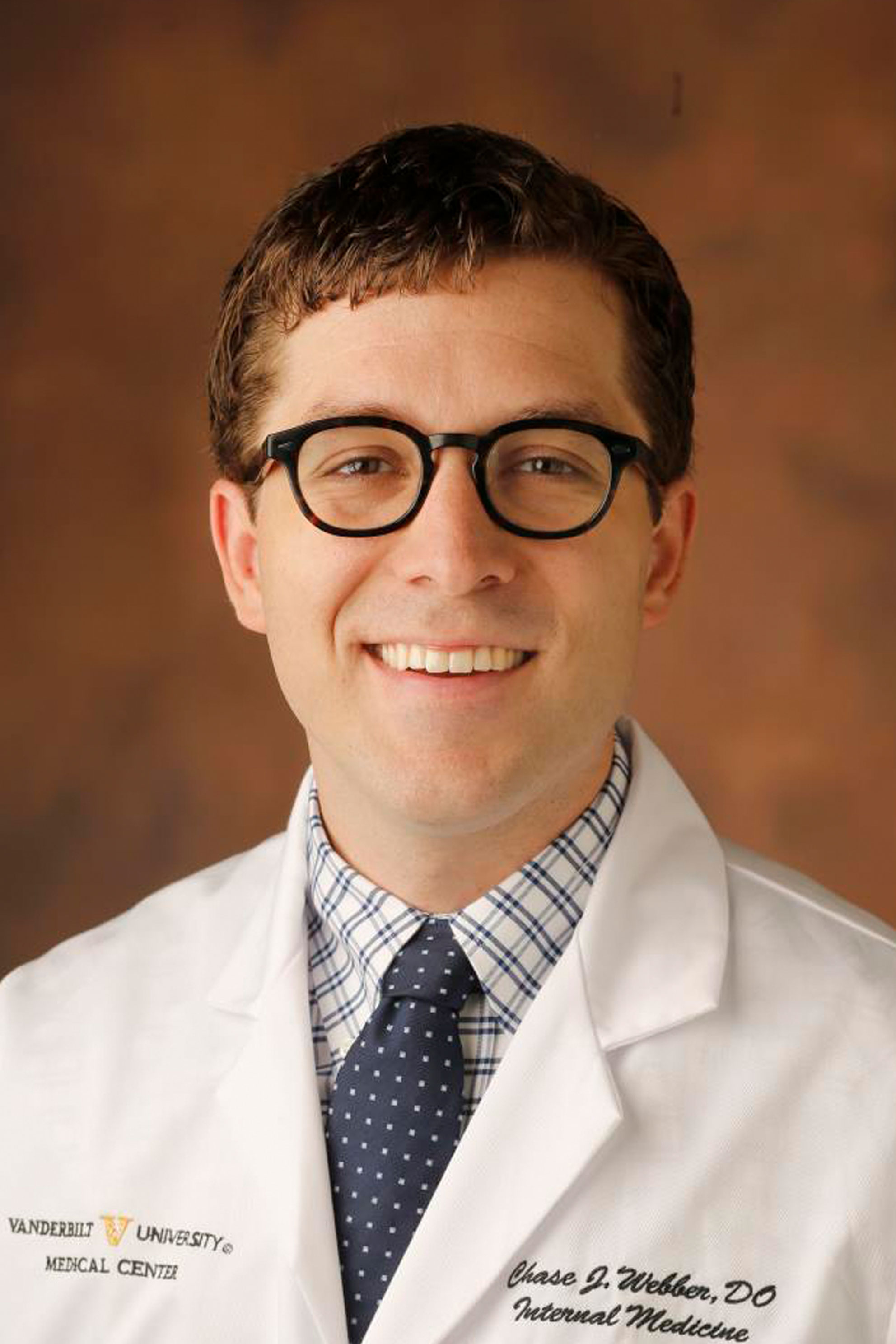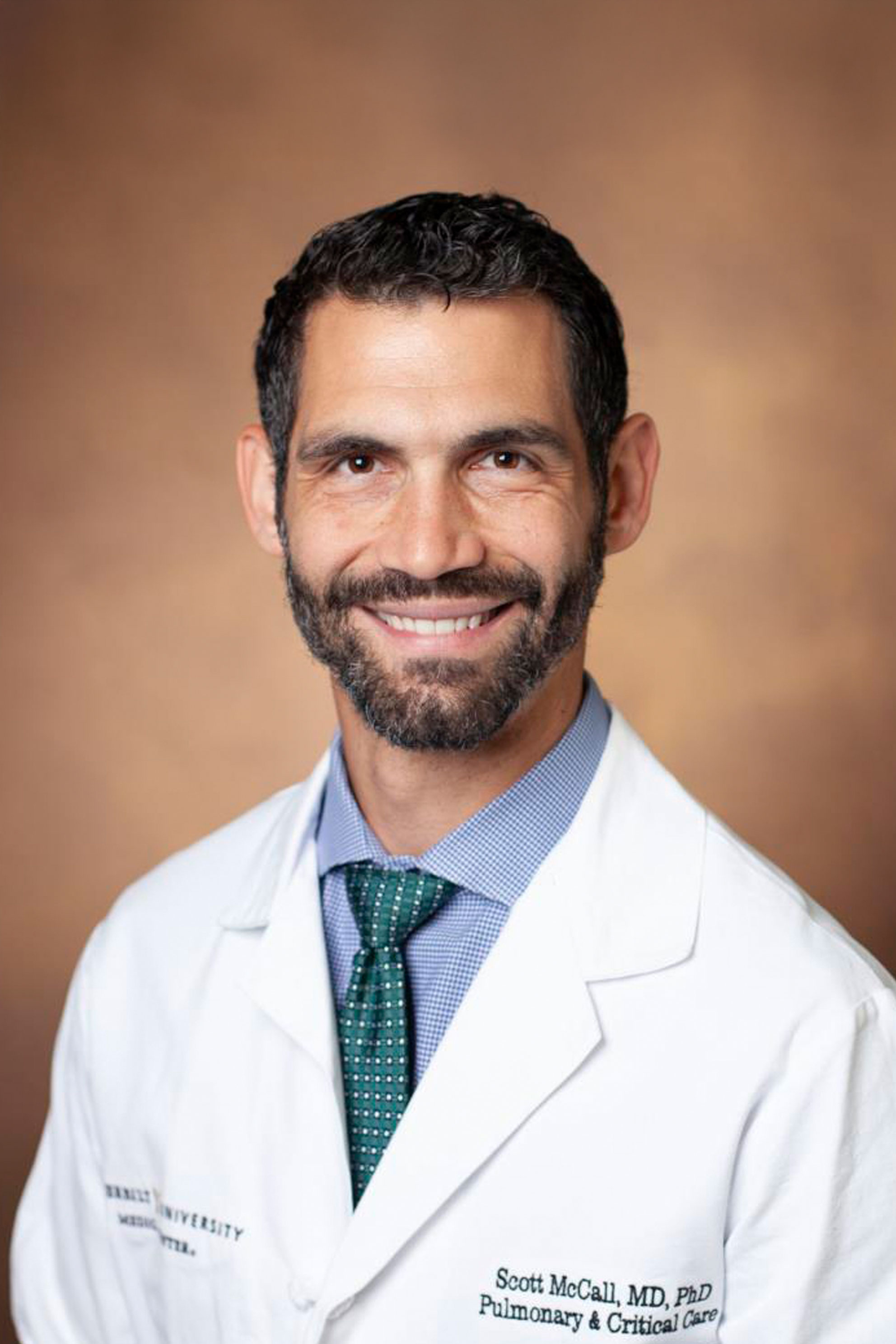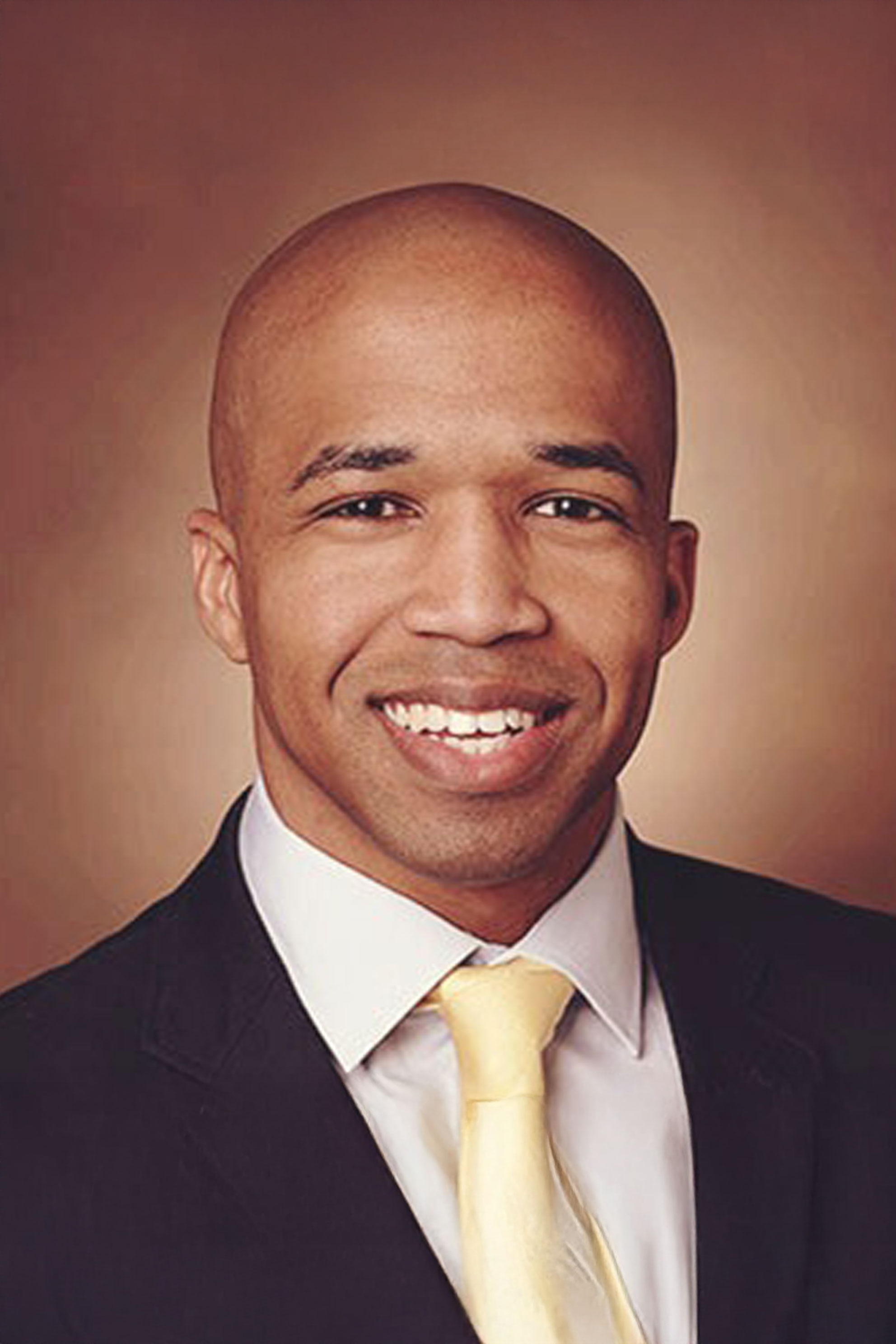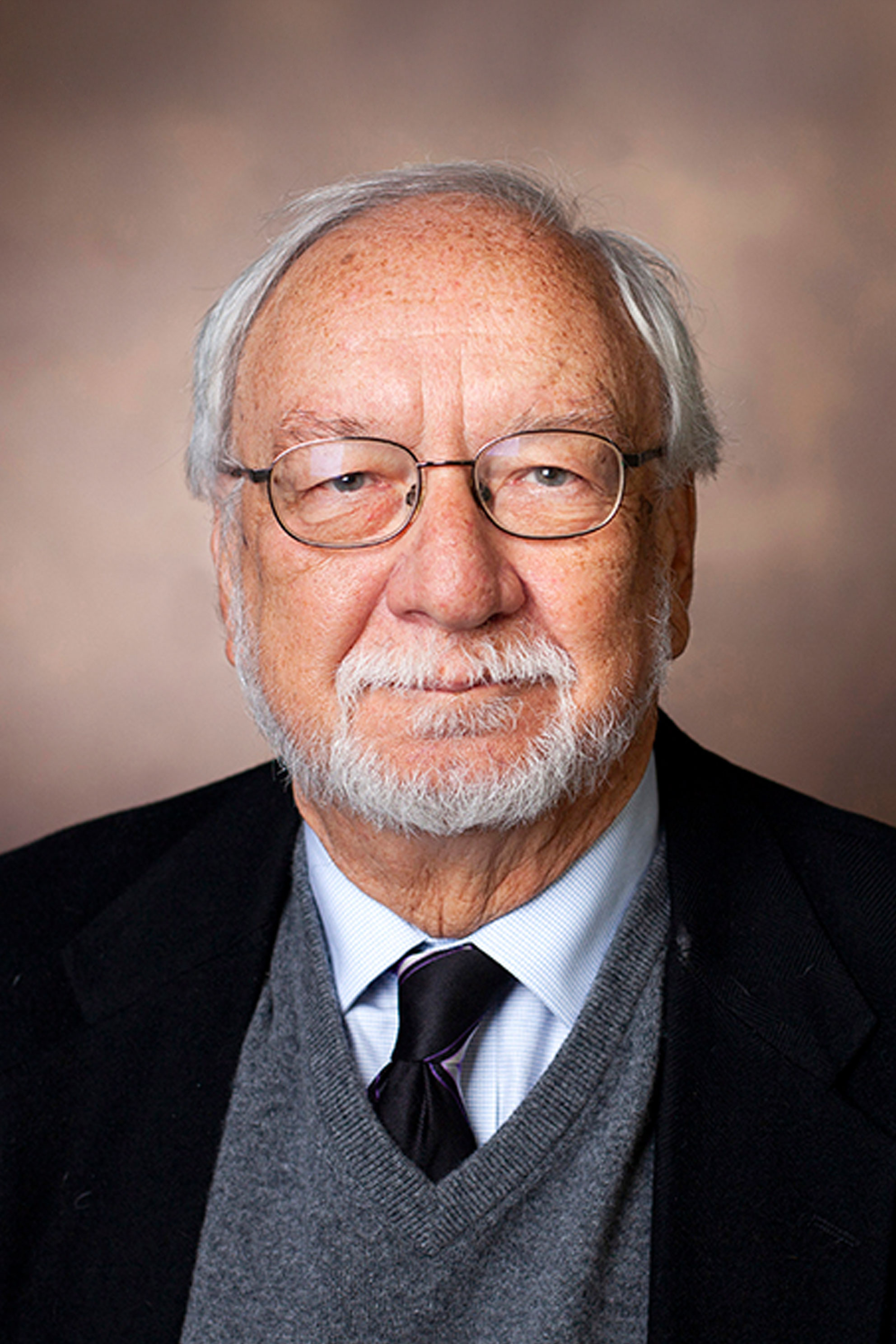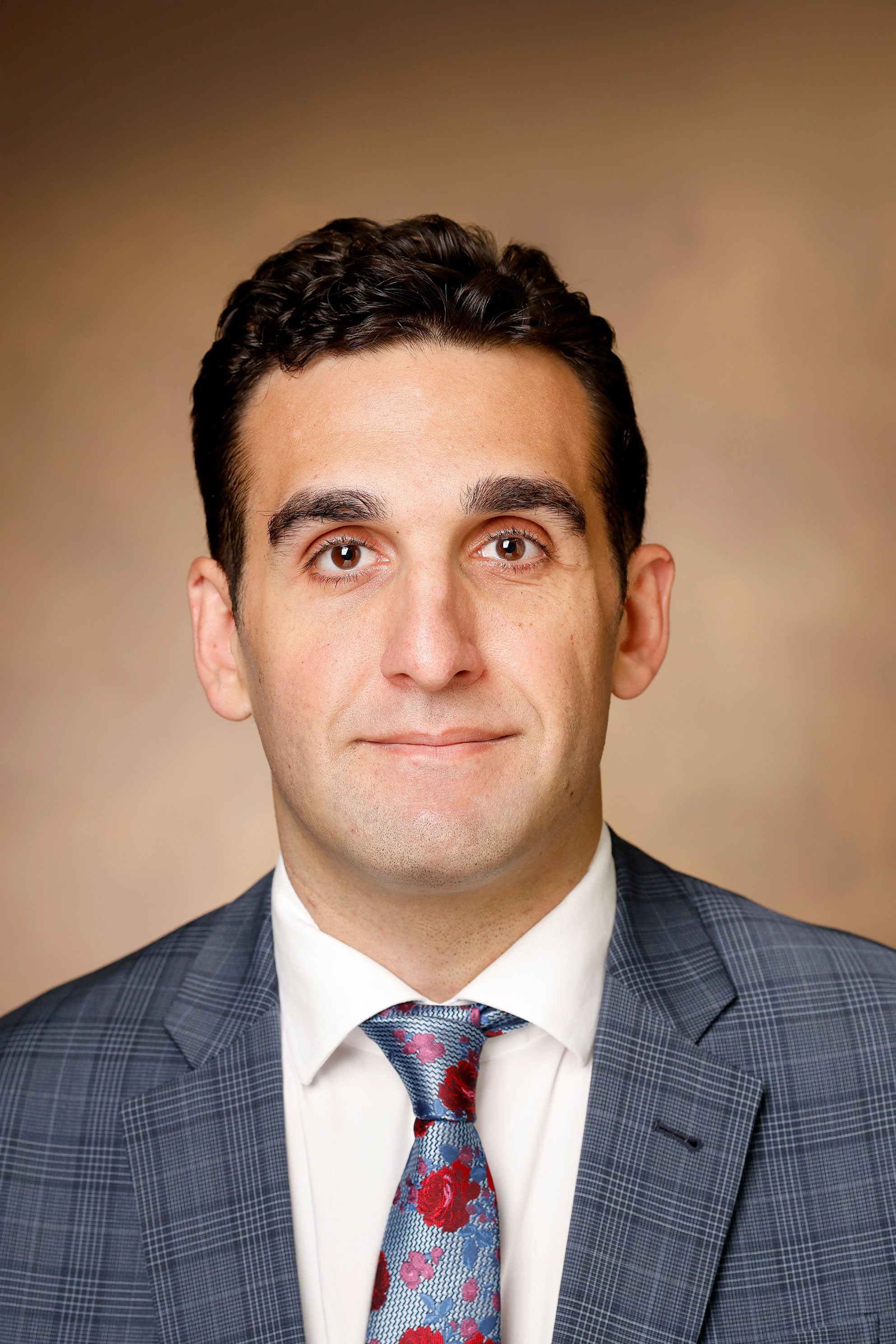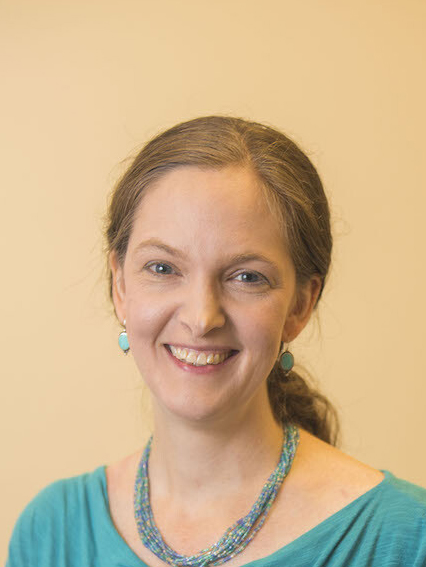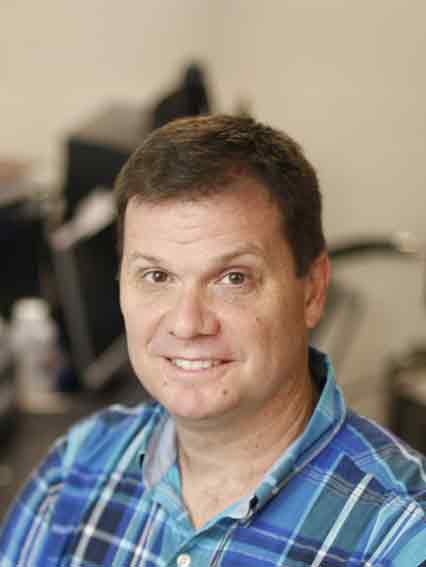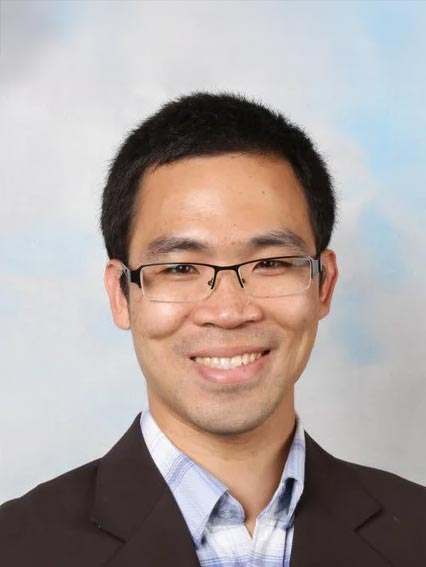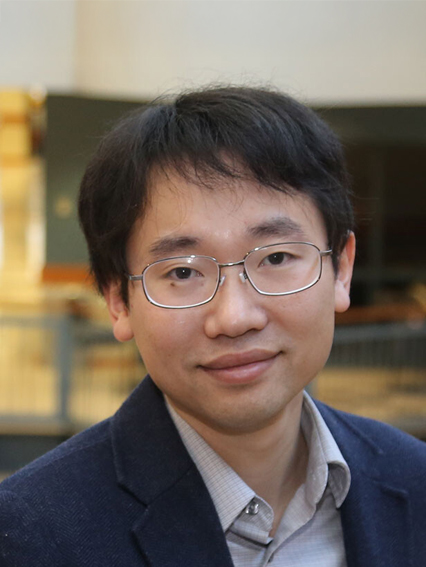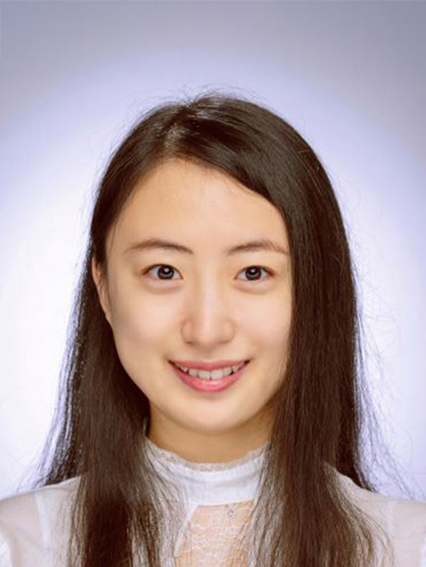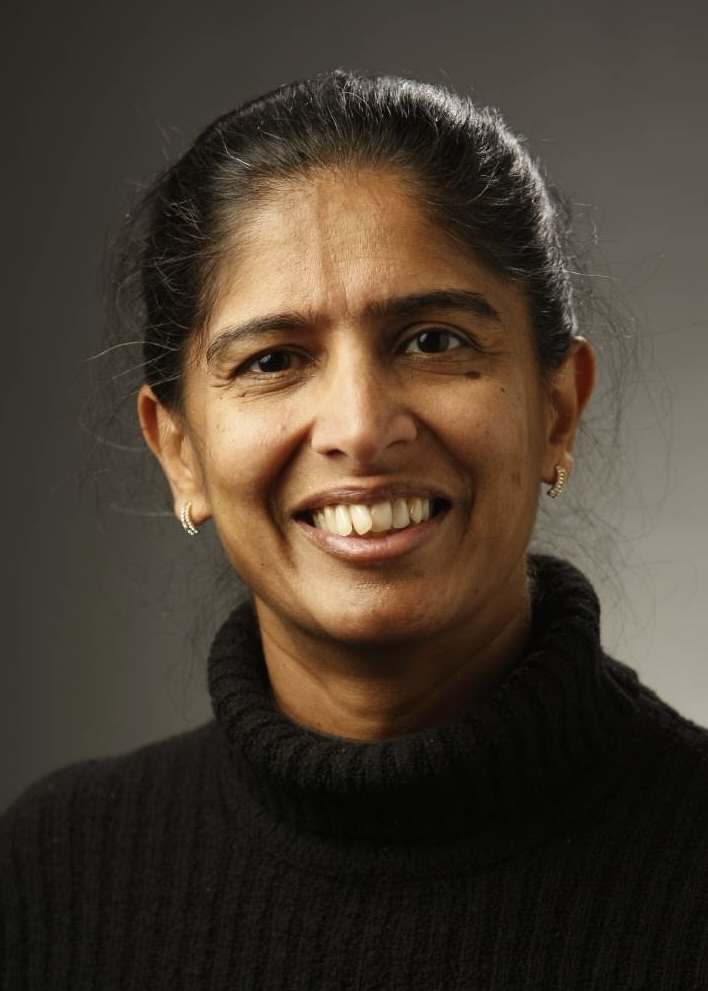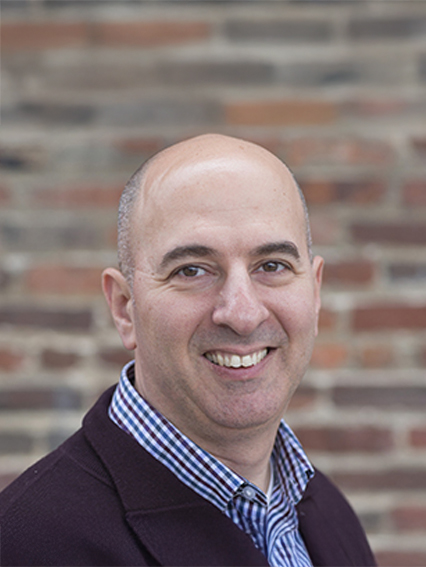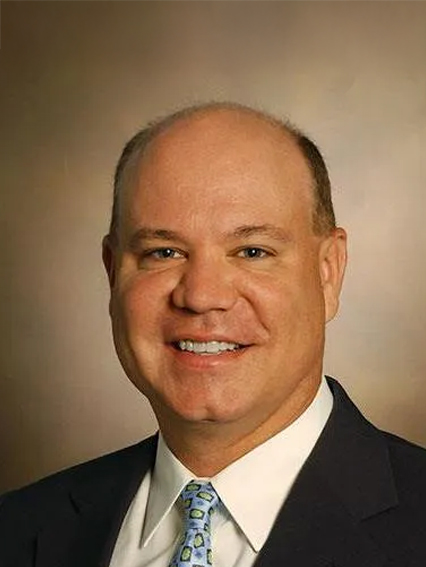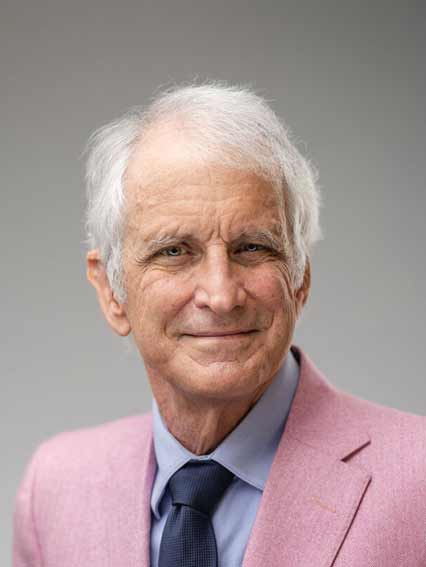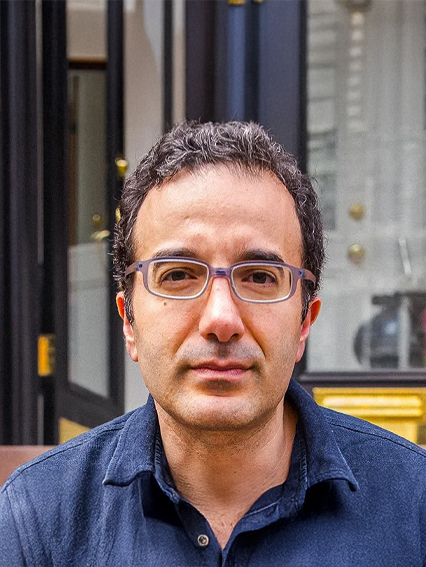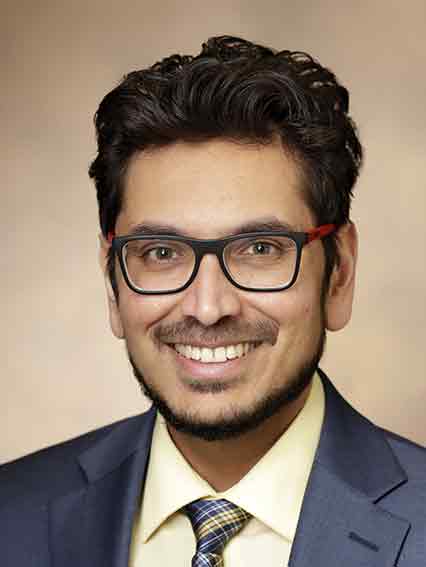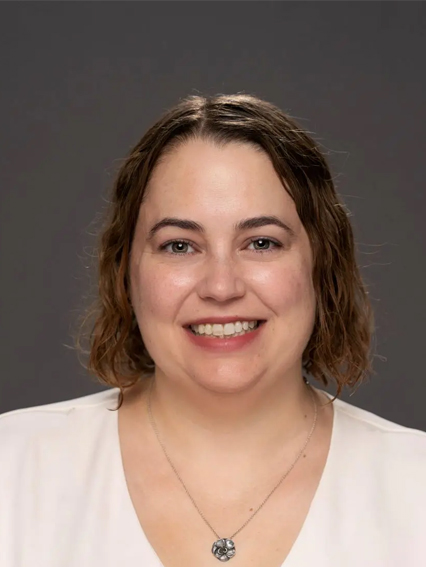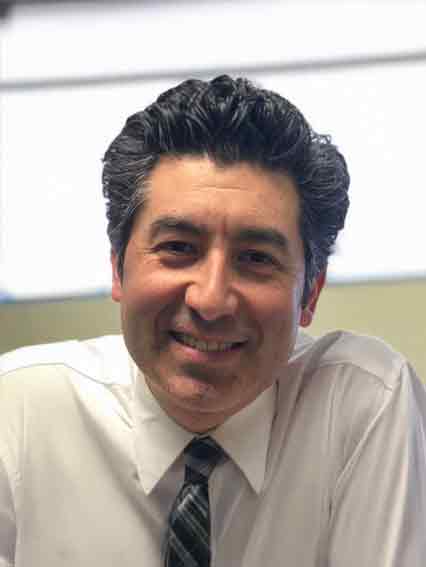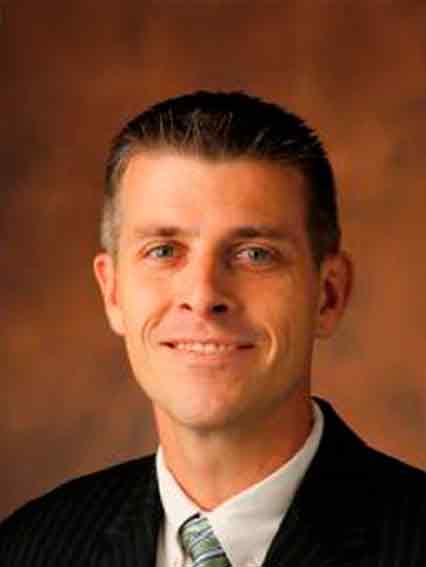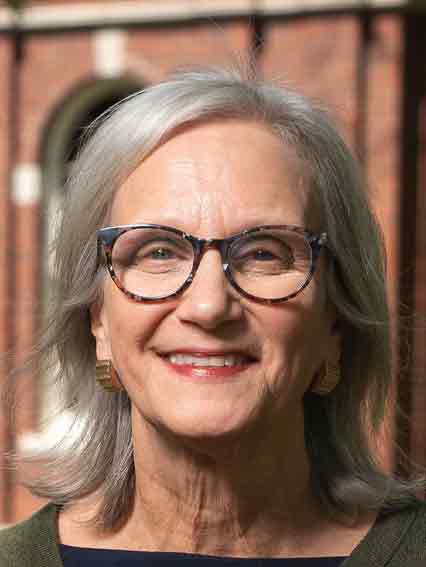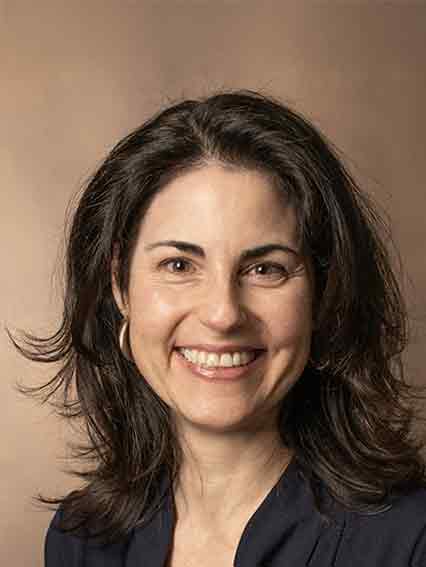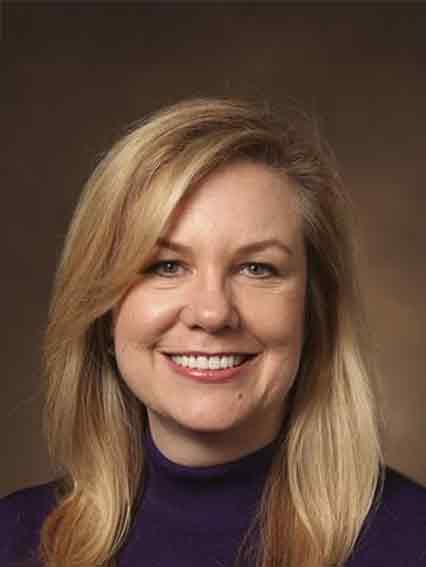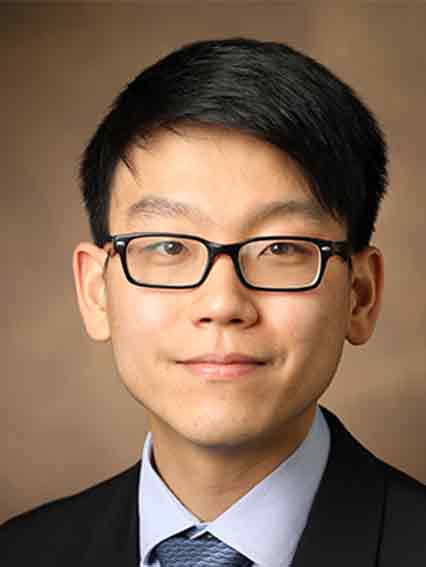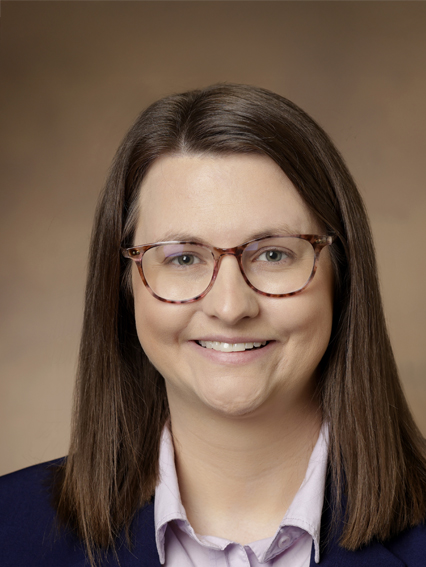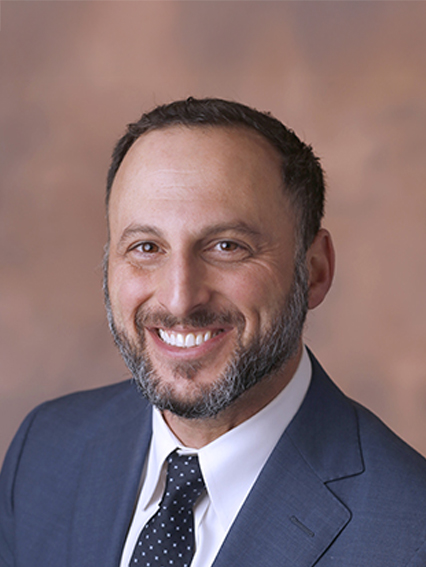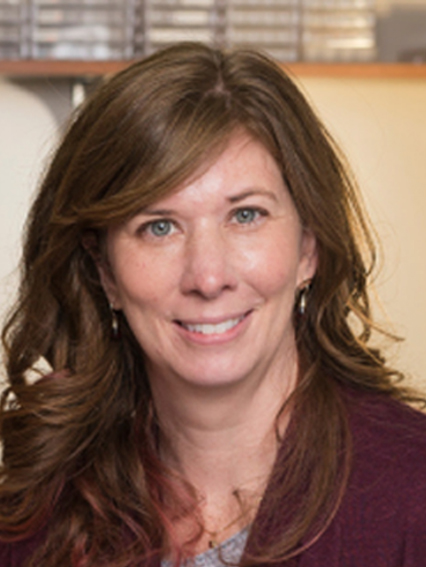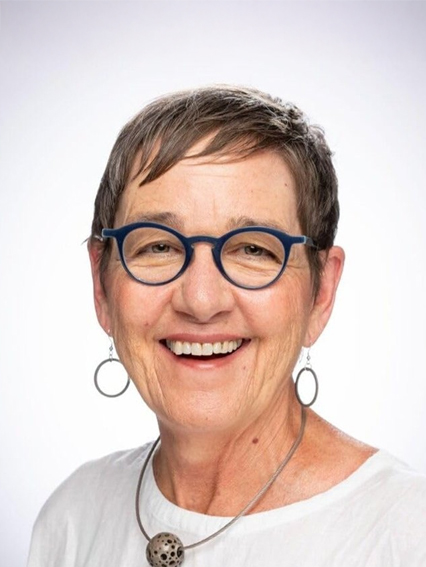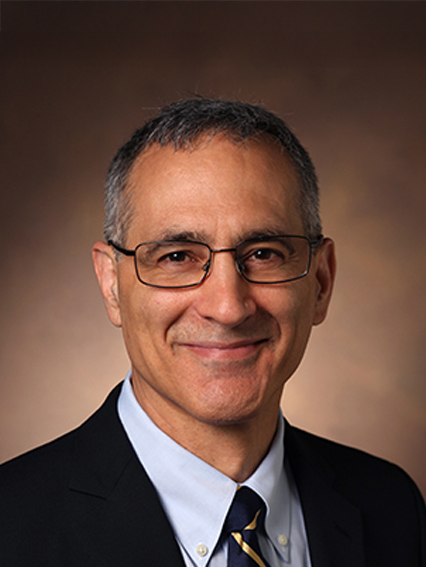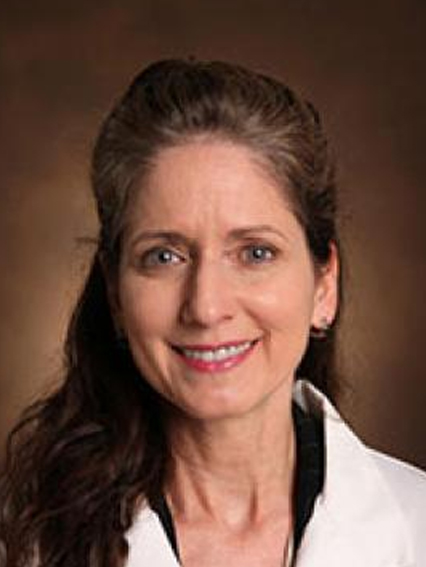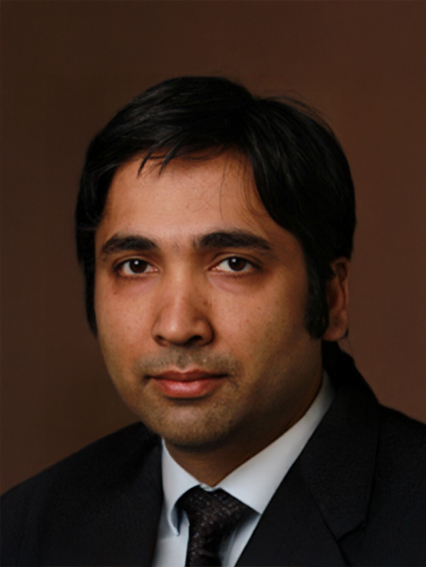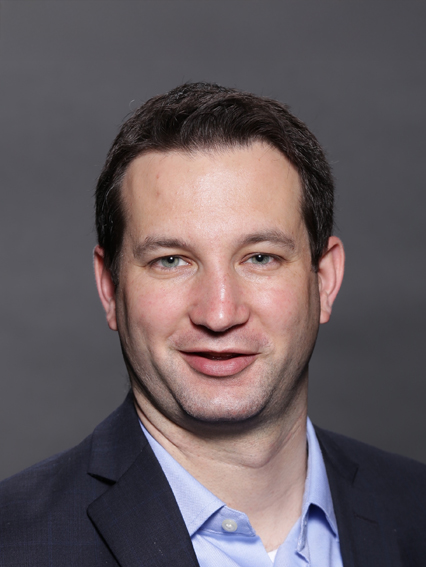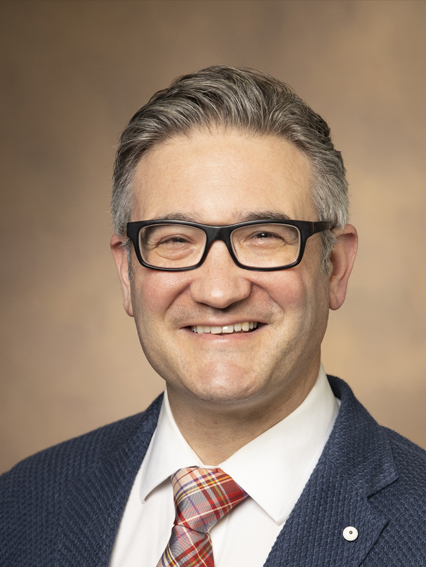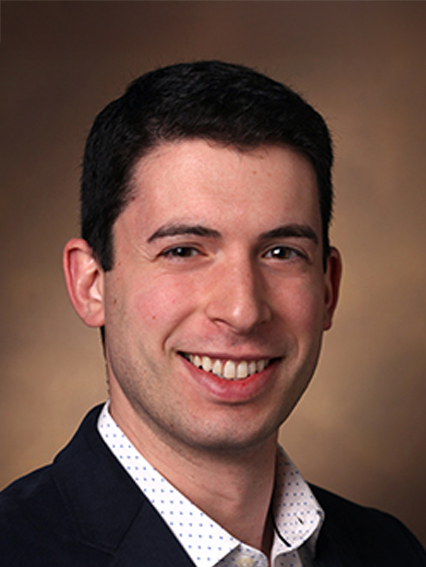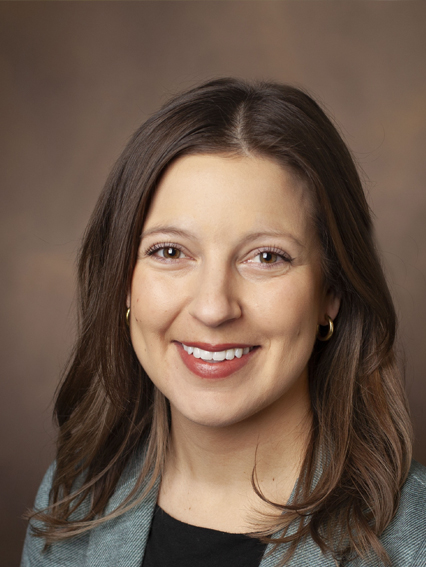The TRYM Smart Intake Bot (TSIB) is a HIPAA-compliant, AI-powered platform that streamlines patient intake for weight loss journeys. TSIB collects comprehensive patient data, adapts questioning, assigns optimal care tracks, and supports prescription decisions.
June 2025
Sahar Takkouche, M.D., M.B.A.
TRYM Smart Intake Bot
Sharon M Weiss
Porous Silicon on Paper Platform for Point-of-Care Diagnostics
This research integrates functionalized porous silicon membranes with plasma separation and paper-based microfluidics to develop a multiplexed rapid diagnostic test. A follow-on award will advance this PSi-on-paper platform for finger-prick blood testing with a smartphone-based colorimetric readout.
Katherine Aboud, Ph.D.
From Prototype to Clinical Platform
Finalizing BRILLIANCE for Individualized Noninvasive Brain Stimulation,” Bioscience and Healthcare: BRILLIANCE is an automated MRI-EEG fusion pipeline that identifies the location and timing of individual brain activations. The follow-on award will facilitate integration of structural brain measures and transitioning to a cloud-based platform.
Chase Webber, D.O.
Developing an AI Platform to Provide Point-of-Care Educational Decision Support (EDS) to Academic Medical Centers (AMCs):
VLRChat is an AI chatbot that answers clinical questions using retrieval-augmented generation on peer-reviewed medical content. The follow-on award will support the development of xLR, an interoperable multi-institutional platform.
Scott McCall, Ph.D., M.D.
Pulmonary Fibrosis Treatment With Nebulized Prodrug HIF2-Antagonists
This technology focuses on developing HIF2 inhibitors to enhance adaptive lung repair for targeted pulmonary fibrosis treatment. The follow-on award will advance this system, which leverages endogenous bioactivation.
Leon Scott, M.D.
Telescope: Real-Time Machine Learning for Hospital Readmission Prediction
This project focuses on developing and validating a machine learning algorithm to predict hospital readmissions. A follow-on award will fund translational studies to validate the algorithm.
Xiaoguang Dong
Esophageal Stents Integrating Wireless Soft Actuators For Restoring Peristalsis To Treat Gastroesophageal Reflux Disease
This proposed system integrates a novel esophageal stent with wirelessly actuated undulating sheets to restore peristalsis in esophageal cancer patients. The follow-on award will facilitate the development of a magnetically actuated soft robotic pump.
William Lineaweaver, M.D.
VanderCell: A Novel Device for Harvesting Live Skin Cells
VanderCell is a device that uses dermabrasion to collect various skin cells for wound healing. This follow-on award will aid in developing the device.
Nicholas Voutsinas, M.D., RPVI
Development and Evaluation of a Custom 3D-Printed Ultrasound-Compatible Model for Vascular Access Training
This team is developing a cost-effective 3D-printed model for teaching ultrasound-guided internal jugular vein access procedures. The follow-on award will support the creation of a system that utilizes high-resolution CT/MRI segmentation and stereolithographic printing.
February 2025
Amy E. Booth
Ready for REED: Transitioning from MVP to Market-Ready Solution
The project aims to develop a proprietary large language model (LLM) fine-tuned for dialogic reading (DR) to support young children's literacy development. The follow-on award will support the development of a custom LLM trained on expert-curated DR prompts, structured book dialogue, and real caregiver-child reading interactions.
Scott A Guelcher, Ph.D.
Preclinical Development of a Settable Bone Graft for Stabilization of Dental Implants
The team has designed settable, resorbable poly(thioketal urethane)s that stabilize structural bone defects as they oxidatively degrade and are replaced by new bone. The next-generation poly(thioketal thiourethane)s with improved storage stability have enabled the development of the first bone graft, called OsseoCem, that stabilizes dental implants.
Yike Li, MD, Ph.D.
Development of an AI-assisted System for Automatic Clinical Coding in Otolaryngology
This project aims to develop a computer-assisted coding system based on state-of-the-art artificial intelligence (AI) technology to enable automatic clinical coding. This system is designed to use free-text operative notes written by clinicians as the input and generate the Current Procedural Terminology (CPT) and the Healthcare Common Procedure Coding System (HCPCS) codes that are universally used by healthcare facilities for billing purposes.
Shihong Lin
Electrochemicallyenhanced Lithium Adsorption System (ELiAS)
The team has invented a novel electrochemical system for selective lithium extraction from aqueous solutions that combines lithium-selective sorbents with an innovative two-phase operational architecture. Our approach leverages industrial sorbents like Layered Double Hydroxides (LDH) in a revolutionary system design that overcomes their traditional limitations.
Meiyi Ma
Developing a Training System for Emergency Response
The team is developing a prototype of the first-ever AI-powered training system with novel techniques building upon the cutting-edge generative AI technologies to enhance the training for emergency call-takers. Specifically, the focus is developing two major novel components: simulation and debriefing.
Anita Mahadevan-Jansen, Ph.D., M.S., B.S.
Augmented Reality Headset Development for Intra-Operative Guidance of Surgery with Near Infrared Autofluorescence
The proposed system is an augmented reality headset for surgical guidance using optical imaging. Creating a unifying modular platform will increase the usability of previous patents developed here at Vanderbilt.
Dann C. Martin, M.D.
Interventional Radiology Intelligent Stereotactic (IRIS) Device
The technology is a simple device that enables accurate and rapid determination of a specific needle entry angle, similar in function to a protractor. This device is intuitive to use and very low cost to manufacture and purchase, minimizing two major barriers to entry for such a device.
Nabil Simaan
In-Vivo Pre-Clinical Validation of Sensory-guided Smart Catheters Technology for Stroke Treatment and Endovascular Navigation
This project aims to improve the “first pass efficacy” of mechanical thrombectomy (MT), which is the gold standard of endovascular stroke treatment.
Byron F. Stephens, M.D.
Indwelling Pain Control Catheter for Spinal Surgery
The team has designed an indwelling catheter device and method of use that can deliver local anesthetic agents a specific interfascial plane during spinal and/or after surgery that provides opioid-free pain relief for several days postoperatively.
J. Blair Summitt, M.D.
UlcerGuard
UlcerGuard is designed to address the problem of ulcer formation by offloading pressure on bony prominences via differential, customizable air chamber inflation.
Zhongyue (John) Yang
Mutexa: A Computational Ecosystem for Intelligent Biocatalyst Engineering
Mutexa is a computational ecosystem invented to address critical challenges in protein engineering, benefiting biomedicine, biotechnology, and sustainability that significantly reduces costs and accelerates research timelines for biocatalysts used in sustainable drug synthesis.
October 2024
John P Wikswo
Accelerating the Development and Commercialization of a Robot Scientist/Self-Driving Biological Laboratory
This project seeks to develop scalable, 1,000-channel CAPCAS microbioreactor systems to accelerate AI/ML-driven advancements in cell-culture control for biologically produced pharmaceuticals and industrial chemicals. The outcome will enable more efficient cell-line identification, media optimization, and bioreactor control, ultimately transforming the BioPharma industry by improving automation and scaling of cell-culture studies.
Jad Abumrad
Waiting Room Stories, Product Development Phase
This initiative aims to transform the hospital waiting room experience by providing patients with a curated playlist of stories, offering comfort and connection during a typically isolating and stressful time. The project will develop a user-friendly digital platform to deliver these stories and potentially allow patients to contribute their own, with plans for wider implementation across hospitals.
Panambur Bhandari, MD
Intrinsic Glove: Saving Traumatized Hands
The team is developing the Intrinsic Glove, a semi-rigid, flexible orthosis designed to improve hand trauma management by promoting safe positioning, early motion, and compression. This innovative glove enhances patient care and provider efficiency by enabling quick, effective positioning and reducing setup time significantly.
Lisa Fazio
Developing a Novel Platform for Social Science Research Using LLM Persona-Agents
The team is developing an automated, text-based platform with customizable persona-agents to simulate social interactions, enabling research on how conversations influence beliefs, disinformation, and radicalization in chat-based environments.
Scott A Guelcher, Ph.D.
Preclinical Testing of Resorbable Surgical Mesh
This proposal aims to develop poly(thioketal thiourethane) (PTKTUR) elastomers for surgical mesh that support tissue regeneration and degrade in response to cell-secreted reactive oxygen species, with tunable mechanical properties matching patient biology.
Eric P. Skaar, Ph.D.
A Stabilizing Agent That Enhances the Resistance of Probiotics and Recombinant Enzymes to Heat and Desiccation
This technology will use the bacterial hydrophilin DtpA to enhance the stability and viability of probiotics and enzymes under extreme conditions, improving strain diversity, bacterial recovery, and enzyme protection for microbiome-based therapeutics.
Keivan G. Stassun, Ph.D.
Learning with Optimal Guidance for Autistic Navigators (LOGAN) Virtual Driving Instruction System
SANDI supports neurodiverse individuals, particularly those on the autism spectrum, in achieving driving independence by addressing barriers like anxiety and sensory overload through structured, repetitive learning. This innovative simulator enhances confidence, provides greater accessibility to driving skills, and promotes long-term social and economic inclusion.
June 2024
Joshua Caldwell
Expanding Sensorium Technological Labs Core Technologies into the Health Care Industry
The team is developing Tamm polariton multi-frequency thermal emitters and filters for enhanced gas sensing, with applications in semiconductor monitoring and healthcare, such as breath analysis for early disease detection, based on AI-driven design from the Caldwell Lab at Vanderbilt.
Ellen Goldring
Research Concierge: A Tool to Connect Faculty and Staff with the Resources Needed to Increase Research Impact
The team is developing Peabody Research Concierge (PRC), a conversational AI designed to enhance the matching process between Vanderbilt faculty and relevant research funding opportunities, optimizing resource discovery through AI-driven insights based on individual expertise.
Elisa J. Gordon, Ph.D.
Developing a LLM-based Chatbot to Scale Returning Genetic Test Results
The team will create a patient-centered, AI-powered chatbot to explain APOL1 genetic test results, guide kidney health behaviors, and reduce anxiety, addressing the national shortage of genetic counselors and improving the communication of genetic test results for kidney disease risk.
Lisa H. Lancaster, M.D.
Auto titration Oxygen Therapy Device with Real-Time Monitoring: Improving Accuracy of Dosing Oxygen and Quality of Life for Patients
The team aims to develop a novel oxygen regulator with an auto-titration algorithm that uses SpO2 and activity data from wearables to automatically adjust oxygen flow rates, improving dosing accuracy and patient health outcomes. This closed-loop system offers personalized oxygen therapy, eliminating the need for manual adjustments and ensuring continuous, optimal oxygen levels.
Rei Ukita, Ph.D.
Wearable Extracorporeal Membrane Oxygenation System for Safer Patient Ambulation
The team aims to create a portable extracorporeal life support system that integrates a blood pump, oxygenator, and user interface, enabling ambulatory ECMO use to improve patient mobilization and outcomes, particularly for those awaiting lung transplants.
Lauren Williamson, Ph.D.
TissueAb: An Unbiased in Vivo Screening Platform to Identify Tissue Targeting Antibodies
The team will develop a platform using phage display libraries to identify antibody variants specific to targeted tissues, enhancing the development of biologics for immune-oncology, autoimmunity, and other diseases through in vivo screening and next-generation sequencing.
February 2024
Michael Golinko, M.D.
Image Assist: Implementing the Standard for Mobile Clinical Photography
Image Assist is a unique clinical photography tool that uses dynamic digital frames to take patient pictures accurately as per ASPS/PSF clinical photography guidelines and subtract noise. This technology was inspired by the concept of mobile check deposit.
Tina M. Iverson, Ph. D.
Inhibition of Bacterial Chemotaxis as an Antibiotic Potentiator
The team aims to develop a molecule that inhibits bacterial movement during UTI infection, thus preventing bacteria from escaping antibiotics and forming recurrent infections. This strategy could significantly reduce recurrent, resistant infections, particularly in UTIs.
Stacy D. Sherrod
Molecular Omics for Personalized Skincare
An innovative skin intelligence platform that uses skin mass spectrometry (MS) data to analyze the detailed molecular makeup of an individual’s skin and make skin product recommendations accordingly.
Lauren Williamson, Ph.D.
TissueAb: An Unbiased In Vivo Screening Platform to Identify Tissue Targeting Antibodies
The TissueAb team seeks to enhance the technology that employs phage display libraries to identify tissues or cell type-specific antibodies (Ab) for targeted therapies. This technology will broadly apply to immune-oncology, autoimmunity, rare, and infectious diseases.
Ellen T. Armor
Courageous Voices in Action: The LGBTQIA+ Advocacy Project
The Courageous Voices in Action (CVA) seeks to develop a scalable curriculum focused on moral courage, leadership, and cultural-religious literacy that produces knowledgeable leaders who can challenge injustice and support LGBTQIA+ thriving.
Matthew D. Bacchetta, M.D.
Dynamic Organ Storage System
The team is advancing a portable Dynamic Organ Storage System (DOSS) for organ transports. This system maintains and monitors a uniform organ temperature and ensures a steady supply of essential energy substrates, thus preventing cellular damage and temperature gradients.
October 2023
Amy E. Booth
Advancing the Development of AIDA, an Artificially-Intelligent Dialogic Reading Aid.
The team seeks to address the societal imperative of literacy by developing a technology that will facilitate dialogue reading between caregivers and young children. These interventions involve encouraging children to engage in conversations around books, rather than just passively listening.
Blythe Corbett, Ph.D.
Expanding SENSE Theatre to Youth with Autism Spectrum Disorder and Intellectual Disability.
SENSE Theatre is a unique intervention research program for youth, 10-16 years of age, with autism spectrum disorder (ASD). It is a performance-based intervention targeting social skills that includes trained peer actors and theatretechniques.
Scott Crossley
Proof of concept validation and data generation for intelligent Texts for Enhanced Lifelong Learning (iTELL).
The iTELL framework restructures text-based learning materials into individual web apps where students can read text content, participate in interactive exercises, and watch educational videos.
Abhishek Dubey
Mobius, Inc: Last mile Freight Optimization for Heterogenous Fleets.
The project aims to further develop a technology around optimizing the routing and charging of mixed-fleet transportation and last-mile freight resources (e.g., buses and trucks).
Daniel Fabbri, Ph.D., FAMIA
DAGCAP: Democratized, AI-Guided Chart Abstraction Platform.
DAGCAP aims to create a streamlined and automated curation system that mitigates challenges associated with medical charting. Increases in the quality of curation would drastically expand research, clinical, and operational capabilities across oncology care and research.
Alexander J. Langerman, M.D., S.M.
GownCard Perioperative Workflow App.
GownCard is an internally-developed, app-based surgical team information management system used by nurses, scrub techs, and surgeons to eliminate perioperative inefficiencies.
Ethan Lippmann
Novel Hydrogel to Improve and Restore Blood Flow to Bone Tissues Through Activation of Arteriogenesis.
This injectable gelatin-based hydrogel promotes the growth of large blood vessels in a spatially controlled manner to restore blood flow to inadequately supplied areas. Because this hydrogel is formulated without encapsulated growth factors or cells, it can be easily translated to clinical applications.
Megan Salwei, Ph.D.
Personalized training on deep inspiration breath hold (DIBH) to improve radiation therapy outcomes in breast cancer patients.
The project aims to develop a system to support patient execution of DIBH. The system will feed, real-time, to software driving a VR display to provide visual feedback to patients on their DIBH.
